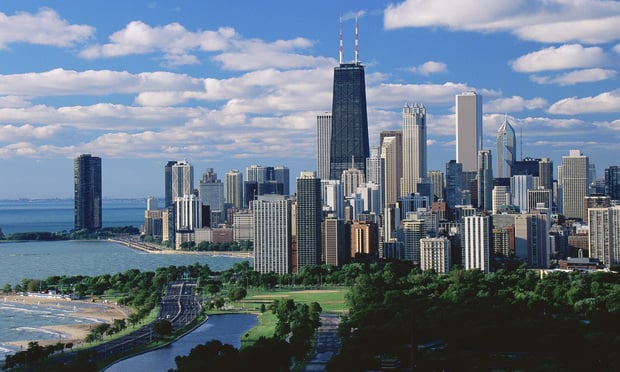INDIANAPOLIS—The past year has been a remarkable one for the Indianapolis region's industrial market. In late 2015, the vacancy rate was at an already-low 5.0%, and since then it fell another 140 bps to just 3.6%, according to a new report from Cushman & Wakefield. That steep decline came after a construction boom that saw developers complete millions of square feet of new buildings, mostly in response to intense demand from distributors and warehouse users. And now that users have absorbed much of that space, developers have already started another round of new construction.
“They have a little more faith since they've seen one round of construction be successful,” Trevor Kirsch, research analyst, tells GlobeSt.com. What makes the region especially attractive is that due to an intense demand for distribution space, Indianapolis saw a great deal of absorption even during the depths of the recession. That has given it a reputation for resilience, so investors now see it as a good bet for both the near future and the long term. “It seems like a wise place to put capital.”
But although distribution will remain key for the regional economy, Cushman & Wakefield researchers add that the manufacturing sector has also played an important role.
Recommended For You
Want to continue reading?
Become a Free ALM Digital Reader.
Once you are an ALM Digital Member, you’ll receive:
- Breaking commercial real estate news and analysis, on-site and via our newsletters and custom alerts
- Educational webcasts, white papers, and ebooks from industry thought leaders
- Critical coverage of the property casualty insurance and financial advisory markets on our other ALM sites, PropertyCasualty360 and ThinkAdvisor
Already have an account? Sign In Now
*May exclude premium content© 2025 ALM Global, LLC, All Rights Reserved. Request academic re-use from www.copyright.com. All other uses, submit a request to [email protected]. For more information visit Asset & Logo Licensing.









